
Written by Dr. Sydnee McElroy
and Justin McElroy
Illustrated by Teylor Smirl


For Charlie and Cooper,
thanks for sleeping sometimes
so we could write this.

We started Sawbones so we could stop watching so much TV.
After Losing the Sheen (a Two and a Half Men review show by two people who didnt watch until Charlie Sheen left the show) and Satellite Dish (a much more general and dare-we-say palatable TV review podcast) we just couldnt keep up with all the requisite screen time.
Sydnee has loved weird medical history since before she was a physician and Justin loves talking to Sydnee. A show that detailed humanitys absolutely ramshackle history of trying to fix itself over the millennia just made sense. One 45-minute brainstorming session at Black Sheep Burritos and Brews later, Sawbones was born.
Weve never been the same.
Since we launched it in 2013, Sawbones has provided us with a surrogate family of medical history nerds who are just as passionate about science education as we are. After our daughter Charlies frightening birth experience (shes fine now!) Sawbones was the place we wanted to share our story. Weve received so many beautiful cards and letters from a new generation of physicians and scientists it has in some small way inspired. Its way more than a podcast to us.
We mean that literally too. We always thought Sawbones had the potential to reach new people with a book, we just had no idea how to make it happen. Considering that we treat podcasting as a family business, it should have come as no surprise that Sydnees sister and incredibly gifted illustrator Teylor Smirl would provide a big part of the answer.
If you are a listener, the tales that follow may seem familiar. We started with some of our favorite episodes and dove deeper, expanding them into beautifully illustrated stories. Medical history has no shortage of ridiculous characters, misguided diagnoses, stomach-churning treatments and, occasionally, incredible miracles. Join us as we chronicle medicines tortuous journey from complete ignorance to, well, something slightly more competent.
If you one of those listener whove been braving our horrible tales since 2013: Thank you, this book would not exist without you. If youre a newcomer, blame those other guys for what youre about to endure.
Justin and Sydnee McElroy

THE UNNERVING
There are dark corners of existence that some people spend their lives trying not to think about. Lets start the fun there!
Before things get too wretched, lets unsettle and squirm
Well steal bodies for science before theyre too firm
Youll be shocked back to life after being starved dead
Weve got poppies to take the edge off the dread
Stuff these herbs in your nose, the plague tends to stink
And then lets meet Pliny for an herb-and-pee drink
If higher awareness youre hoping to find
Dont puncture your noggin, well open your mind.

THE RESURRECTION MEN
The first riot in American history happened in Manhattan, and it happened because of dead bodies.
In the book biz, we call that a tease. Well get there, we promise, but first you need to understand the perfectly respectable and not in any way creepy reasons that doctors are so desperate to cut up dead bodiesnot to mention how people over history have felt about that completely reasonable desire.
A utopsies havent always been so controversial. In fact, the ancient Egyptians performed what were essentially autopsies way back in 2600 BCE, although the practice at the time was more about the ritualistic entombing of organs than any kind of education or forensics. Egyptian embalmers were the original anatomists, carefully removing a variety of body parts to be preserved while leaving the heart, eyes, and tongue in place for religious reasons. The challenges of extracting all those organs (especially the really slippery ones) led to the development of better surgical tools. Physicians of the time benefitted from those tools as well as learning a fair amount of anatomy from the embalmers, as demonstrated in ancient writings such as the Ebers Papyrus, the Edwin-Smith Papyrus, and the Kahun Gynecological Papyrus.
 Everyone, Id like you to meet my wife, who I suspect may be the only human on Earth thats this excited about these specific medical papyri. Admittedly, the Kahun Gynecological Papyrus is a very excellent name and worthy of highlighting. Gentle ribbing withdrawn.
Everyone, Id like you to meet my wife, who I suspect may be the only human on Earth thats this excited about these specific medical papyri. Admittedly, the Kahun Gynecological Papyrus is a very excellent name and worthy of highlighting. Gentle ribbing withdrawn.
Before you get too impressed, keep in mind these docs also performed pregnancy tests by putting an onion in the patients vagina overnight, and thought that our arteries carried semen. So things werent, you know, all sewn up, as it were. But still, an impressive start!
CLASSICAL CUT-UPS
In Ancient Greece, bodies were dissected without ritual, for purely scientific reasons. Erasistratus and Herophilus, who lived around 300 BCE, are known today as the fathers of modern dissection. They and a number of other physicians and students dissected corpses regularly and published texts and drawings based on their findings. (This was before printing presses, so lets spare a thought for the poor scribe who spent many icky afternoons copying their work.)
The practice wasnt considered legal in the strictest sense at the time, but it was apparently tolerated, and thus provided the Greeks with a better understanding of anatomy as well as an appreciation for the importance of autopsies in medical education.
In comparison, the Ancient Romans were strictly anti-autopsyand by the time of Galen, the most prominent physician alive during the first century CE, dissections were made illegal. This meant that Galen and others had to base their know-how on primate anatomy... and the work of their Grecian predecessors. (If that last bit seems hypocritical to you, we have to assume this is the first account of human history youve ever read and were so flattered that youve chosen our book to start with.) This reliance on secondhand information led to inevitable missteps and discord among physicians of the time, and for a millennium to follow.
 Let this be a lesson kids: Always dissect your own corpses. You may think you can save a few bucks by looking over your buddys shoulder, but trust me on this one. Youve gotta get your own scalpel in there and saw through the sinew yourseyou know what? Actually, Ive yucked myself out.
Let this be a lesson kids: Always dissect your own corpses. You may think you can save a few bucks by looking over your buddys shoulder, but trust me on this one. Youve gotta get your own scalpel in there and saw through the sinew yourseyou know what? Actually, Ive yucked myself out.
CAN I HAVE THAT WHEN YOURE DONE WITH IT?
After a millennium or so of European physicians and scholars poking around with carcasses and arguing about old scrolls, things started to pick up right around the 13th century. History tells us that dissections were not only carried out by doctors, but actually condoned by the Catholic Church. That may seem weirdly progressive, but keep in mind the doctrine that the body exists only as a vessel for the souland once that soul vacates the premises, why shouldnt scientists get a crack at the abandoned home?

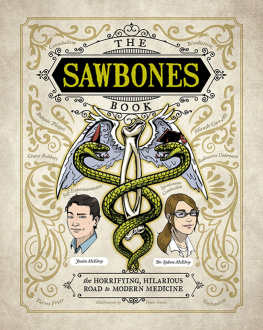
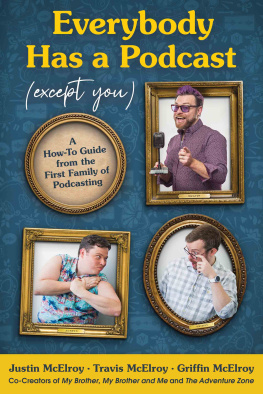


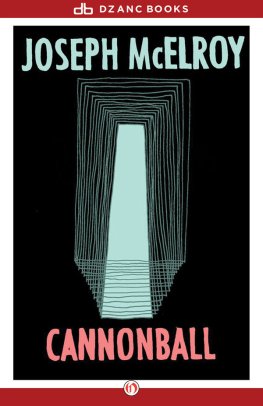



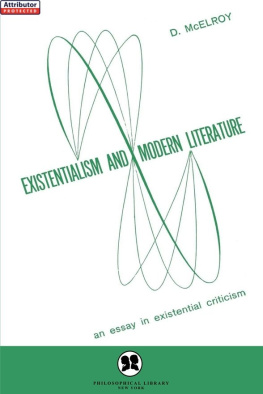
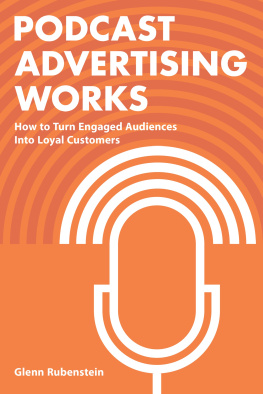


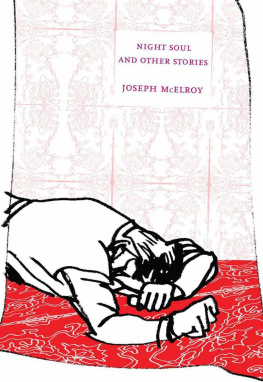
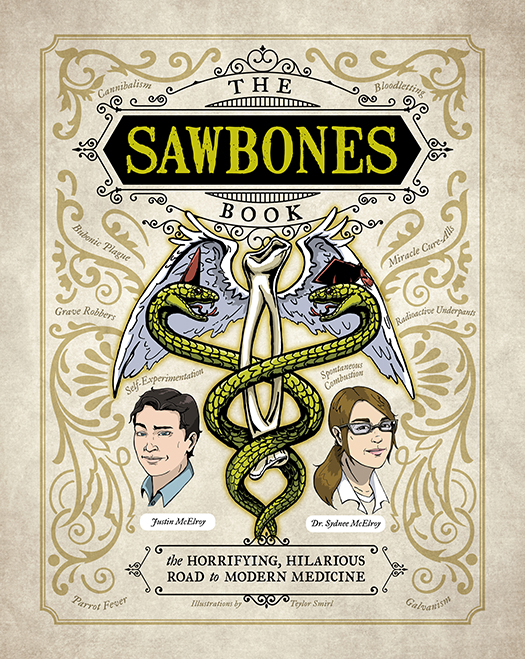






 Everyone, Id like you to meet my wife, who I suspect may be the only human on Earth thats this excited about these specific medical papyri. Admittedly, the Kahun Gynecological Papyrus is a very excellent name and worthy of highlighting. Gentle ribbing withdrawn.
Everyone, Id like you to meet my wife, who I suspect may be the only human on Earth thats this excited about these specific medical papyri. Admittedly, the Kahun Gynecological Papyrus is a very excellent name and worthy of highlighting. Gentle ribbing withdrawn.